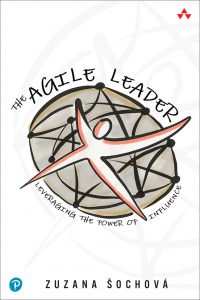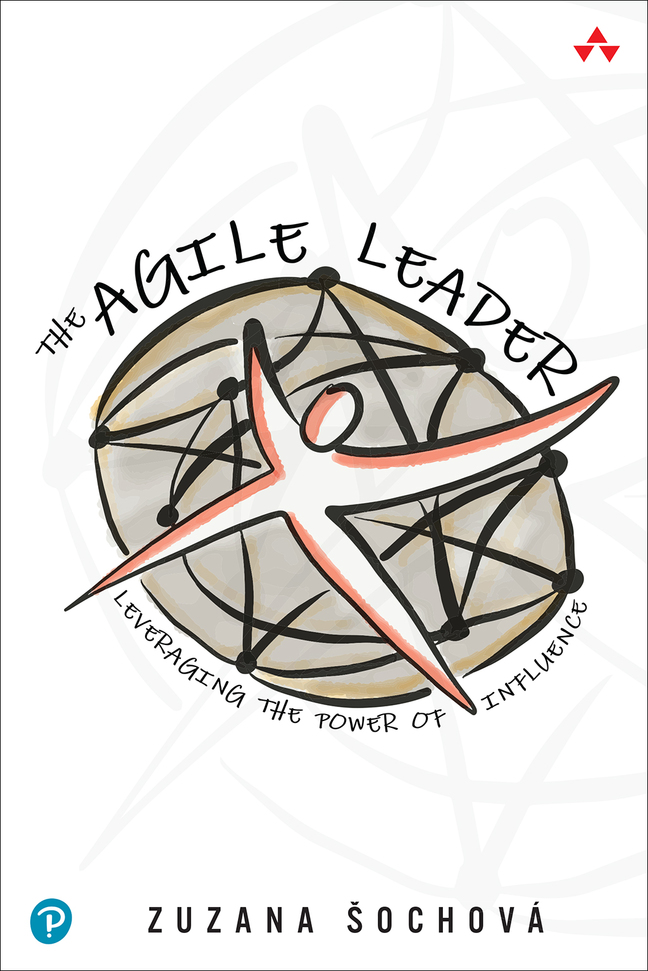Over the last two decades, agile shifted from software teams to organizations. We talk about different cultures, agile organization, agile leadership, agile HR, agile finance, all over business agility. Simply the ability to embrace agile values and principles at the organizational level and change the way organizations run their business. It’s a fundamental change that is more than just implementing some framework.
“Business agility creates an organization best able to serve its customer, no matter what the future brings.”
I found this definition fascinating. In today’s complex, fast-changing, and unpredictable world, agile organizations are good at responding to the nowadays challenges. Agile brings flexibility, allows you to respond to changes fast, learn through the iterations, inspect and adapt. In order to be successful, organizations need to serve its customer, no matter what the future brings. Fixed plans are failing as the business environment is not stable enough. All that matters is creativity and flexibility.
 In my second English book published by Addison Wesley – The Agile Leader: Leveraging the Power of Influence I’m looking at organizational agility and focusing on the shift required from the leaders and organizations. Through practical exercises and assessments, you learn how to unleash your potential, become a better catalyst and community builder, sensibly apply transparency, improve functions from HR to finance, and guide entire organizations towards greater agility. Agility at this level is not about practices, nor frameworks. Though those are good at the beginning, as they are helpful in creating an environment with high transparency, autonomy, and collaboration, the real impact we need to create goes way beyond that. Creating a culture that supports innovations and creative solutions is a pre-requisite for real organizational change.
In my second English book published by Addison Wesley – The Agile Leader: Leveraging the Power of Influence I’m looking at organizational agility and focusing on the shift required from the leaders and organizations. Through practical exercises and assessments, you learn how to unleash your potential, become a better catalyst and community builder, sensibly apply transparency, improve functions from HR to finance, and guide entire organizations towards greater agility. Agility at this level is not about practices, nor frameworks. Though those are good at the beginning, as they are helpful in creating an environment with high transparency, autonomy, and collaboration, the real impact we need to create goes way beyond that. Creating a culture that supports innovations and creative solutions is a pre-requisite for real organizational change.
So how does agile start at the organizational level? You can say it starts with a management decision or training, but I would say it all starts with a dream. Is that dream strong enough to leverage the discomfort caused by changing the way we work? Is it strong enough for you? Or let me ask you this: If you won a lottery, would you be still going to work trying to make it happen? Or would you better give up and take a rest? And I’m not speaking about having a vacation to relax for a while, but is the vision important enough for you to hang around even if you don’t need to get paid? No change is smooth and agile brings a fundamental shift of values and culture, so you better have a strong reason for the change.
Being an agile leader is a journey. It always starts with you. You need to change first, the others will follow. Agile leaders need to have a vision that will motivate people to join their effort and work together to achieve it. They need to create a collaborative environment, with high trust, and transparency where the feedback is natural. They need to motivate people by giving them purpose, autonomy, and a learning environment.

 Learn more about transforming organizations, leadership, and culture with Agile & Enterprise Coaching. Check our Scrum and Agile training sessions on Sochova.com. Grab a copy of The Great ScrumMaster: #ScrumMasterWay book and The Agile Leader: Leveraging the Power of Influence book.
Learn more about transforming organizations, leadership, and culture with Agile & Enterprise Coaching. Check our Scrum and Agile training sessions on Sochova.com. Grab a copy of The Great ScrumMaster: #ScrumMasterWay book and The Agile Leader: Leveraging the Power of Influence book.
Disclaimer: All I write on this blog is purely personal and has no relation with any position I have, used to have or will have in the future.
